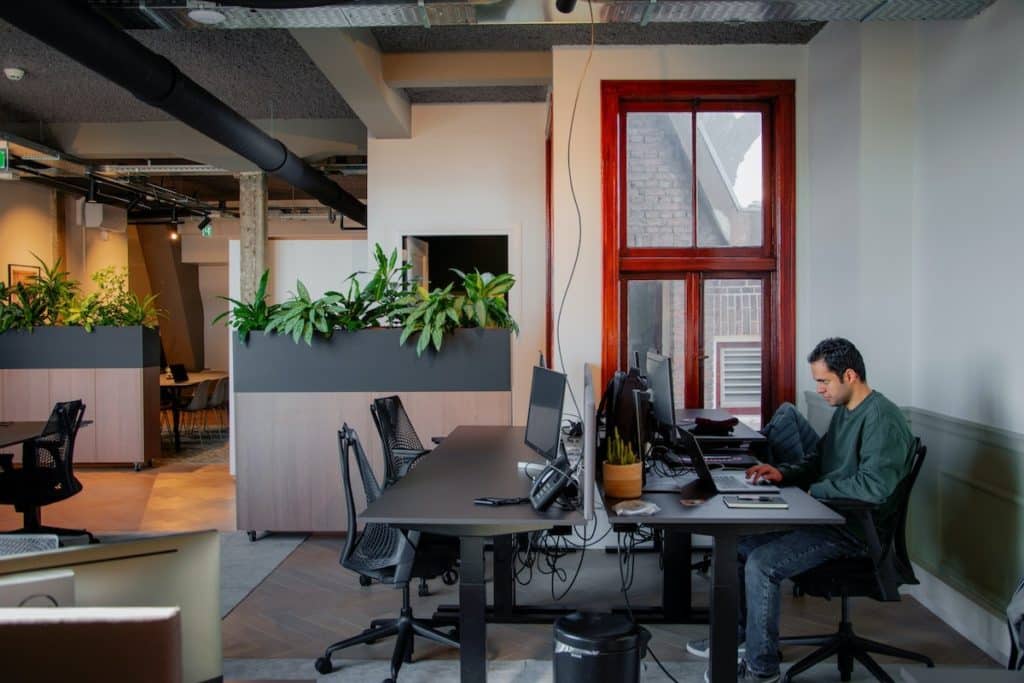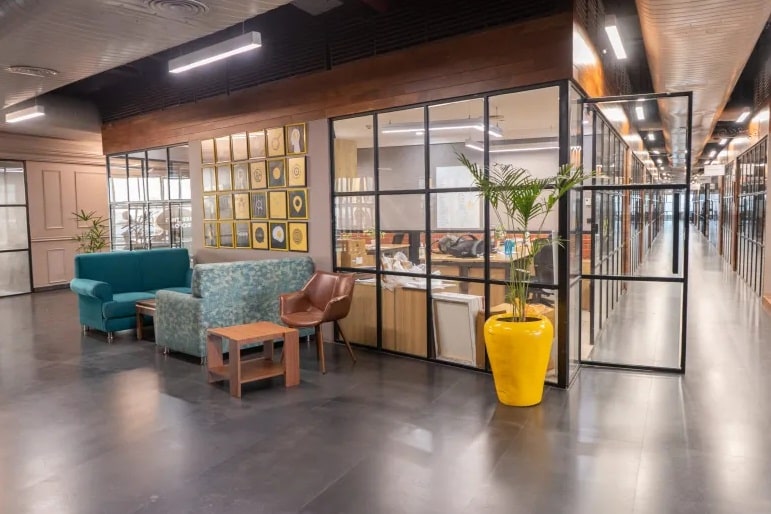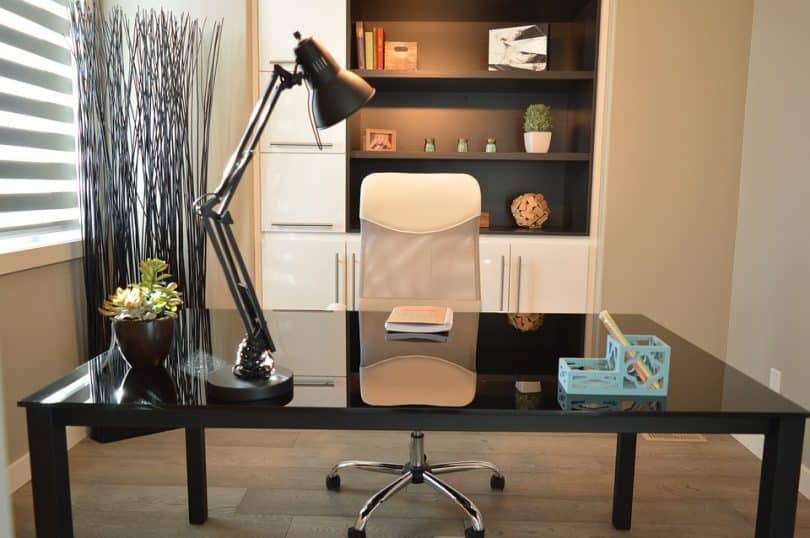Establishing a thriving startup is not just about the big-picture things such as crafting a disruptive product, securing venture capital, or even building a capable team. It’s also about the smaller things that can significantly affect productivity and morale – the office space is one of them. The look and feel of your workspace can communicate your brand, drive your culture, and impact productivity.
However, the reality for many startups is the need to manage finances carefully. Given this tight balancing act, the question becomes, “How can you create an inspiring, motivating startup office space without splurging all your funds?” The good news is that it’s entirely possible. With the right approach, resourcefulness, and a bit of creativity, you can transform a bare-bones office into a vibrant workspace that reflects your brand and fuels your team’s creativity.
This comprehensive guide will walk you through practical steps on how to deck out your startup office on a shoestring budget, ensuring you create an environment that marries function with aesthetics.
Step 1: Develop a Plan
Effective space planning is more than just arranging furniture – it’s about creating an environment that boosts productivity and facilitates collaboration. Start by evaluating your current startup office space. Measure the size and layout of the room, noting where windows, doors, and built-in features are.
Next, consider your team’s working styles. Do they often collaborate, or do they require quiet, individual spaces? A survey or brainstorming session can help you gather this information. Additionally, consider the workflow within the office: where will people need to move to access equipment, meet with colleagues, or take a break?
For example, Twitter’s global headquarters in San Francisco has been thoughtfully designed to encourage a variety of work styles. They have open spaces for collaboration, private areas for focused work, as well as recreational zones. The office also includes a cafeteria and a yoga studio, recognizing that employees need spaces to relax and recharge.

Step 2: Choose a Theme
Your office’s aesthetic sets the tone for your company and plays a significant role in conveying your company’s brand and culture to employees and visitors. Start by thinking about your company’s mission, values, and industry. Your theme should resonate with these elements.
Airbnb’s office design takes inspiration from their listings around the world. Each meeting room is modeled after a real Airbnb listing, thus perfectly encapsulating their brand and mission in their office design. Whether you go for a minimalist, industrial, vintage, or any other theme, ensure it aligns with your company’s identity.
Step 3: Second-Hand and DIY Furniture
Purchasing new furniture can be a significant expense. By opting for second-hand pieces or even DIY solutions, you can save a considerable amount. Check out online marketplaces, thrift stores, garage sales, and auctions for pre-owned items. When choosing used furniture, ensure it’s in good condition and fits your office aesthetic.
The DIY route can be fun and rewarding. Shopify’s Ottawa headquarters, for instance, features a reception desk made from a reclaimed bowling alley lane. This unique piece not only serves its function but also acts as a conversation starter.
Step 4: Invest in Lighting
Lighting is a crucial part of any office design. Natural light is the best option as it increases productivity, improves mood, and helps regulate sleep. Try to place workstations near windows and keep window coverings light and airy.
If natural light is scarce, artificial lighting can also work. Opt for LED lights as they’re energy-efficient, long-lasting, and can mimic daylight. Task lighting, like desk lamps, can be helpful for focused work.
When designing its office, Pixar placed great emphasis on lighting. They designed their office with plenty of windows to allow natural light and supplemented it with ambient, task, and accent lighting for a balanced and comfortable environment.
Step 5: Decorate With Plants
Adding greenery to your office can significantly enhance the space. Research has shown that office plants can reduce stress, increase productivity, and improve indoor air quality. Consider easy-to-care-for plants like succulents for desks, tall plants like fiddle leaf figs for empty corners, or hanging plants for spaces with limited floor space.
Canva’s Sydney office, known as “the greenhouse”, features a variety of plants, bringing life, color, and vibrancy to the workplace. Each team member is also encouraged to keep a plant at their desk, adding a personal touch to their workspace.

Step 6: Use Wall Art and Murals
Art can significantly enhance your startup office space, fostering creativity, and serving as a visual representation of your company’s culture and values. Consider working with local artists or invite team members to contribute, making the art even more meaningful.
WeWork is known for incorporating impressive murals in their co-working spaces, created by local artists. This not only adds visual interest but also connects the workspace to the local culture and community.
Step 7: Create Multipurpose Spaces
To maximize your startup office space, consider creating multipurpose areas. A conference room, for example, can be used for presentations, brainstorming sessions, and also as a relaxation zone. Similarly, a kitchen or dining area can double as a casual meeting space or a work area for those who prefer a change of scenery.
LinkedIn’s Sunnyvale office in California exemplifies the smart use of multipurpose spaces. The office includes convertible spaces that function as game rooms, meeting areas, and event spaces as required. This allows LinkedIn to make the best use of their space, catering to a variety of needs and activities.
Conclusion
In the challenging world of startups, cultivating an environment that not only encourages hard work but also boosts morale is crucial. Even with a tight budget, it’s entirely possible to create a startup office space that is visually pleasing, functionally effective, and reflective of your company’s identity. Every element, from the lighting and furniture to the wall art and multi-purpose spaces, plays a critical role in shaping the environment and the experience it provides.
Creating a well-designed workspace goes beyond mere aesthetics – it’s about fostering a culture of productivity, encouraging collaboration, and making your team members feel valued. It shows your team and visitors that you care about the details, reinforcing your commitment to quality and excellence. A carefully designed, budget-friendly office space is more than just a place to work; it’s a strategic tool that can drive your startup’s success.
So, embrace the challenge and use it as an opportunity to get creative, make mindful decisions, and build a startup office space that your team will love to work in and your budget will thank you for.
